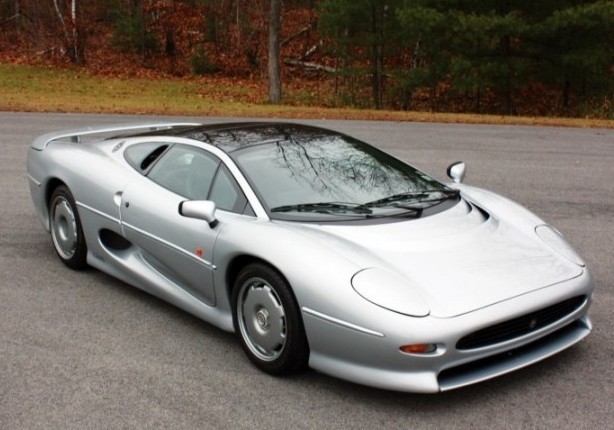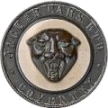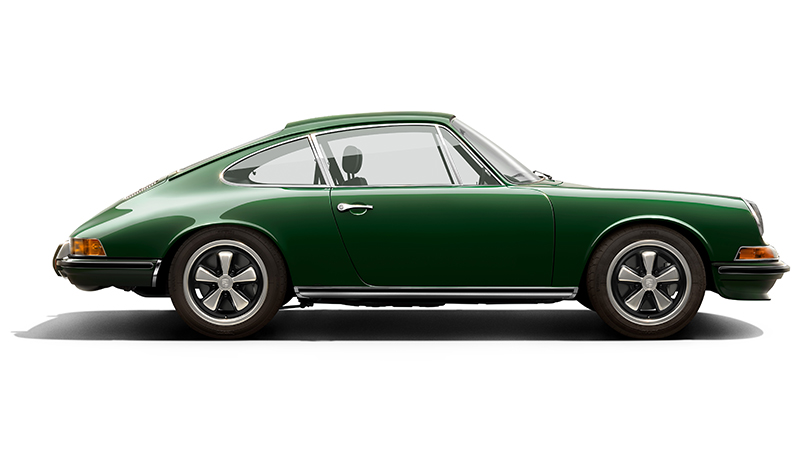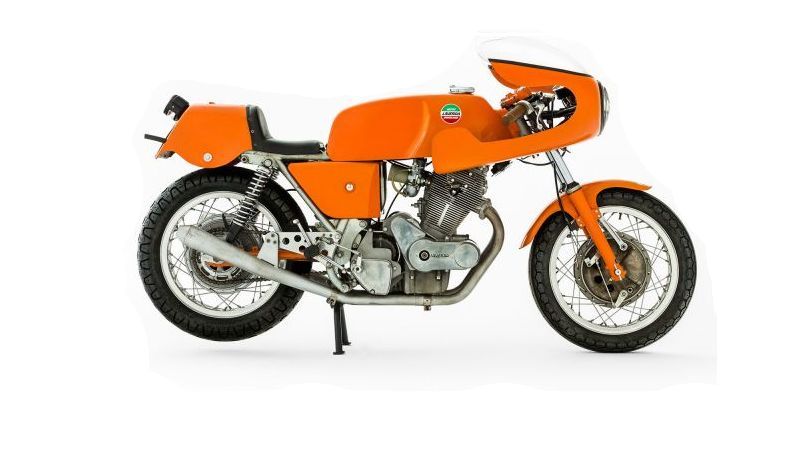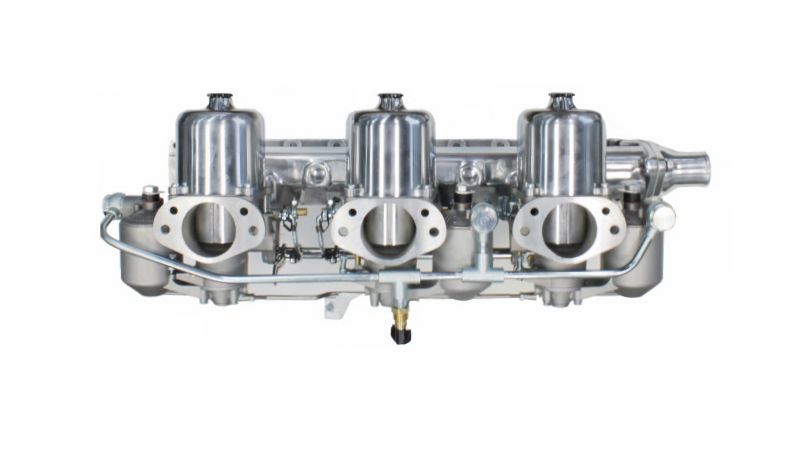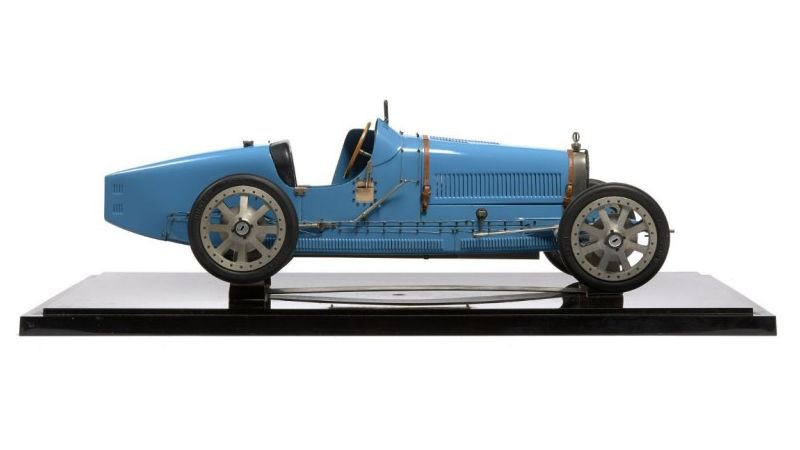Jaguar Motor Cars
example Jaguar successfully Sold
The story of the cat that ate the bird
It took a great deal longer than one might have expected, but when it was all over, they were much the better for it. The bird was born in 1922 in Blackpool, England. The cat arrived in 1931, waited until the bird gained enough weight, and devoured it shortly after World War II.
It all came about because the girl friends of William Lyons were uncomfortable. Young William Lyons was a great motorcycle fan. As a matter of fact, most of the gay blades of the early twenties in England rode powered bikes. When they had dates, the girls were bundled into sidecars, muffled in dusters, and driven to the restaurant, theater, or sporting event. But they were uncomfortable.
The early sidecars bounced, vibrated, and rattled. William Lyons undoubtedly heard plenty of complaints every time he took a girl out in his motorcycle-sidecar. Instead of switching to taxis, or sedate sedans, he decided to build a better sidecar. He wanted one that was not only quite comfortable, but one that also had style and elegance.
So, in 1922, the twenty-one year old Lyons and his good friend, Bill Walmsley, rented a workshop and produced a sidecar. It had all the qualities that they desired and in addition it could be sold at a cheaper price. Then they gave it a name. Had Lyons and Walmsley been Americans, they might have called the sidecar the Acme, the Super, or the Lyons. But the British have always had a flair for language. In what other country would a vehicle be called the Swallow?
Yet that sleek and darting bird was Lyons symbol for his sidecar. The firm was named The Swallow Sidecar and Coach-building Company, which is quite a mouthful to apply to a tiny vehicle. It was only a little bird at the start, but it grew. It grew faster than the young Lyons had imagined. With just one exhibition at the 1922 Motorcycle Show the new company received a huge number of orders. From sidecars to car bodies was the next development, and Lyons designed a handsome body for the little Austin which had always been an ugly duckling.
The success of the AustinSwallow led to contracts with other manufacturers, and soon there were many cars with Swallow bodies. Then William Lyons decided to expand. His shop in Blackpool was much too small for the fast growing company, and in 1928 he moved to Coventry. There he was surrounded by many of the large automobile corporations in England, and perhaps it was this proximity that kindled a new ambition. Lyons wanted to build his own car. He made an arrangement with the Standard Motor Company to supply him with engines and chassis produced to his own design.
On these chassis Lyons installed a low-slung, rakish touring machine with a pointed radiator and an extremely luxurious interior. With two prototype models ready to be shown, the next problem was naming the car. Lyons favored SwallowSports, and John Black, head of Standard, wanted to call it the StandardSpecial. The battle raged back and forth and finally a compromise was reached.
The initials of both names were the same and the car ended up as the SS. Each company felt it was represented and production got underway. These first cars were instantly successful and the SS-I and SS-II created a great demand.
By 1933, the original Swallow Sidecar and Coachbuilding Company was only a small adjunct to the newly incorporated SS Cars, Ltd. and William Lyons was finally and completely in the automobile business.
However, he was not satisfied with his cars. The SS models looked very sporting but were underpowered. Lyons hired William Heynes, a creative young engineer, to give the engines a going over. Heynes did, and the modified power plants added about ten mph to the speed of the cars, which originally had been 75 mph. It was not enough for Lyons. He wanted to sell a real high-performance sports car, and he decided the only way to do it was to reduce the weight of the body and chassis. He designed and built a new machine with an aluminum body and named it the SS-90; it would do 90 mph.
But as soon as it went on sale the irrepressible Lyons started designing a new machine. He now wanted to guarantee 100 mph to his customers. The only way to do this was to scrap all the old designs and begin again. Heynes created a new 2 and a 1/2 litre engine, and Lyons started a new body and chassis. By 1935 the car was ready, but an old problem reared its head - a name for the machine.
It was one problem that Lyons could cope with easily. He was a great namer and his characteristic liking for wildlife led him inexorably to the animal kingdom. But this time he had a fierce and challenging car to name. This was no tame little motorcycle sidecar to be likened to a graceful bird. The new car was tough, powerful, agile, and the name Lyons gave it suggested those qualities - Jaguar, the fierce jungle hunter. And that is how the cat came to live with the bird. Yes, the Swallow sidecar was still being built.
Officially the car was known as the SS-Jaguar and the public received it with acclaim and purchases. But it would not do 100 mph. Heynes was sent back to the drawing board, and by 1936 the engine was redesigned. Now Lyons finally had what he wanted. He could promise his customers a car that would honestly reach the magic figure. This car was the SS-100, perhaps the most famous of the old Jaguars. Its long, low lines and rakish grill gave it a sleek and classic appearance and today it is a treasured collectors item.
In the following years the company expanded its line, turning out various models including the first of the famous sedans. Then came World War II, and like so many other automobile corporations, SS Cars Ltd. went into aircraft production. After the war the automobile business was resumed, but this time the big cat was not to be denied.
The entire corporation was now called Jaguar Cars Ltd. The change was made for a very understandable reason. SS was a dignified title but it also stood for Schutz-Staffel, Hitlers crack Storm Troopers. The memories of those who had tangled with the blackshirted SS troops were much too strong, and Lyons felt that a continuing association with the now undesirable initials would hurt sales.
As the world settled down to normal business, William Lyons decided to expand his market. The Mark IV sedan was exported to America where it met a willing host of buyers. But the big problem was to build a really hot engine that could power a new sports car.
Heynes went to work again, and a series of experimental engines began to appear in the factory. They were called X engines, and started with XA and went right down the alphabet. By the time XK was reached everyone was satisfied.
The early six cylinder XK engine developed 160 horsepower and had a capacity of 3 liters. It was a powerful device, and Lyons lost no time in designing a car for it. By 1948 the Jaguar XK 120 appeared. It was a dramatic looking car. Low and long, with sweeping fenders, the machine gave the impression of brute power. For its time, it had it. In the United States the XK 120 won race after race, and the Jaguar became the epitome of sports cars.
For those who had enough money to graduate from MGs, the Jaguar was the perfect answer. It was a winner on the track, a docile road machine, and the flashy appearance was a feather in the cap of any young swain. The big cat had not only devoured the bird, but had also adopted its original purpose - to provide comfort and enchant the ladies.
With the XK 120 well established, great attention was paid to the sedans. These big, elegant cars, designated by Mark numbers, began to rival even the Rolls-Royce in appearance and luxury. Owning a Mark VII or VIII was a sign of taste and discrimination, to say nothing of wealth. But the sedans have another distinctive feature. They are amazingly fast, and make perfect highway machines for long-distance touring in complete comfort.
But racing was not neglected. Heynes saw to that. Lyons is a highly competitive businessman who cares little for racing, but his chief engineer wanted to prove the worth of the Jaguar on the track. He designed a competition car called the XK 120C which soon became known as the C-Type.
Wearing British racing green, three C-Types roared out on the Le Mans course in 1950. Two of the cars dropped out with mechanical problems; but Walker, driving the third, took the lead. Through the day and night he stayed in front and finished almost ten laps ahead of the second-place car. Three new records were set in that race and the Le Mans trophy returned to England after an absence of sixteen years. In 1953 the C-Types stormed Le Mans with another great victory - first, second and fourth places!
In 1955 the most famous of the Jaguars appeared. Heynes had wrought another miracle. The D-Type was a fantastic improvement over the C. It was lower, less wind resistant, and lighter. Its XK engine was modified and tuned to a high degree and by 1955 this car was capable of clocking over 170 mph in the Mulsanne straights. That year it came in first at Le Mans.
It began to appear that the D-Jaguars owned the Le Mans race. In 1956 they took first, fourth and sixth place, but 1957 capped everything. The flashing green cars took the first four places! That was the first time in the entire history of the Le Mans Grand Prix of Endurance that a single make of car had performed that extraordinary feat.
Then Jaguar Cars Ltd. retired from racing. The cars were being run very successfully by private owners, and William Lyons felt that his machines were a proven commodity. With the official racing team now disbanded the factory concentrated on production sports cars, and, of course the various sedans. The Sports XK 120 was followed by the XK 140 and the new XK 150.
In America, Briggs Cunningham, who had abandoned hope of producing a domestic competition car, formed a racing team of D-Jaguars. Painted white with blue stripes, the powerful machines blasted their way to success on almost every road course in the country.
Drivers Walt Hansgen and Ed Crawford functioned as a superb team, with Crawford usually acting as a kind of "Judas Ram." Like the ram that leads sheep to the slaughter he would set a furious pace that forced many other drivers to follow suit. Hansgen normally waited, back in the pack, until most of the other cars were retired or unable to maintain the pace, and then, in masterful fashion took the lead. He usually won.
By the 60s, Jaguar needed to make another quantum leap forward. The E-Type, announced in 1961, was just that. Like the XK 120 in 1948, it was an absolute sensation, perfectly capturing the spirit of its time. A true automotive icon, and arguably the most famous sports car of all time, some 70,000 Jaguar E-Types were built over the next 13 years, with around 60% being shipped to the United States.
In 1968, the XJ6 arrived. It was without question the finest Jaguar sedan yet, and met with instant praise. First and foremost, the shape was another Lyons masterpiece. In an era when cars were starting to lose their character, the Jaguar strongly retained its identity.
In 1972, aged 71, Sir William Lyons retired. Innovation and development continued under Lofty England, and 1975 saw the launch of the XJ-S, a sports coupe and convertible that boasted sedan refinement and quietness. A new era began in 1980, when John Egan was appointed Chairman and Managing Director.
Jaguar soon experienced increased demand, particularly in the United States, and continued to refine many models over the 80s. Two further Le Mans victories followed, with the XJR-9LM in 1988 and XJR-12 in 1990. By 1989 the Jaguar Board recognized the potential value of collaborating with a world-class car manufacturer. Events moved swiftly and by the end of the year the company was owned by Ford Motor Company Limited.
Throughout the nineties Jaguar underwent a program of modernization and expansion that saw the introduction of the new XK8 and XKR sports coupes and convertibles and the launch of the new mid-sized S-Type sports sedan, ensuring that Jaguar would enter the new millennium with record levels of production and the broadest product range in the companys history.
In February 2001, the new X-Type, became the highlight of the Geneva International Motor Show. While in 2002, the all-new XJ, featuring a revolutionary aluminum body construction, was unveiled at the Paris Motor Show to great acclaim.
This distinguished heritage continues with every Jaguar: they stay true to Lyons original vision of providing drivers with a unique blend of style, luxury and performance.
We are looking for the following cars. If you do have any of the below listed vehicles - and you are ready to sell - please Contact Us.
| XK 120, 140 & 150 |
|---|
| Roadster |
| Open Two Seater |
| Fixed Head Coupé |
| Drop Head Coupé |
| E-Type |
| Roadster |
| Open Two Seater |
| Fixed Head Coupé |
| Lightweight Coupé |
| Low Drag Coupé |
| Race Cars |
| XJR 5-15 |
| XJ 220 |
| XJS TWR |
We buy, sell, broker, locate, consign and appraise exceptional classic, sports and collector Jaguars'
Contact us when you are serious about buying a fine Jaguar Motor Car or to arrange a free and confidential valuation with a view to selling.

